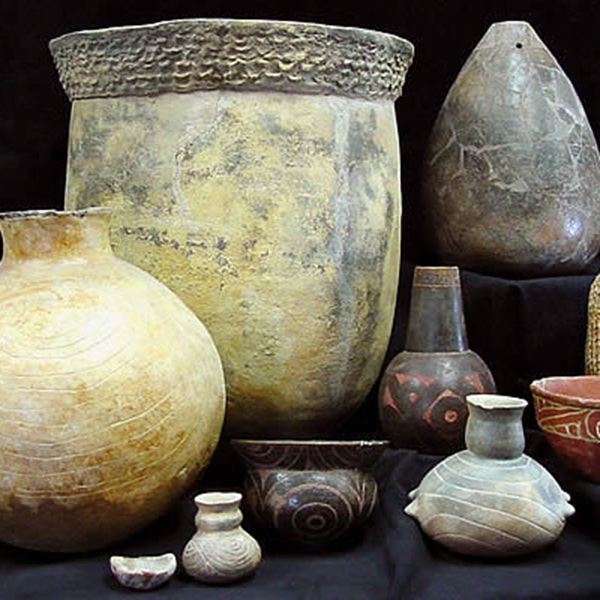Discovering Pi

Download lesson plan and included materials
Subject: Mathematics
Grade: 4th
Author: Karon Nicol LeCompte, revised by Mary Rodriguez (2023)
Time Duration: One 45-minute class period
Overview: Students will experiment with the concept of pi by exploring the relationship between the circumference and diameter of circles. This lesson was designed to accompany Texas Beyond History’s Pieces of the Past lesson.
Objective: Students will measure the circumference of a variety of round objects, measure the diameter of the objects and discover the relationship of the circumference and diameter.
TEKS: Math, Grade 4
- (1A), apply mathematics to problems arising in everyday life, society, and the workplace
- (8A), identify relative sizes of measurement units within the customary and metric systems
- (8C), solve problems that deal with measurements of length, intervals of time, liquid volumes, mass, and money using addition, subtraction, multiplication, or division as appropriate
Materials:
- Comparing Diameter and Circumference handout
- Pencils or markers, to mark the string
- An assortment of flat round objects that are numbered (plate, Frisbee, lids from jars, etc.)
- String
- Rulers
Activities and Procedures:
Step 1: Divide class into groups of two and give materials to student teams, including the handout. You may want to provide a definition of circumference and diameter.
Step 2: To measure the circumference of the circle, you can begin by wrapping the string around the edge of the circle. The student must start tracing with an end of the string. When the string starts to overlap itself, the student should mark it. Each student should then straighten the string and measure from the end to the mark.
Step 3: To measure the diameter, the student should measure across the circle (making sure that they go through the center.
Step 4: Have students measure and record each object's circumference and diameter, then divide the circumference by the diameter and record result in the "?" column.
Step 5: Have students find the average for the "?" column and compare to other groups in the class to determine a pattern. Help them see that the number is always about 3. They can continue this observation for the entire class.
Extension Activities: As a lead for the associated lesson, Pieces of the Past (www.texasbeyondhistory.net/teach/images/piecespast.html), discuss with students the reasons why archeologist might want to know more about pottery used by ancient peoples.
Student Product: Completed Comparing Diameter and Circumference Handout